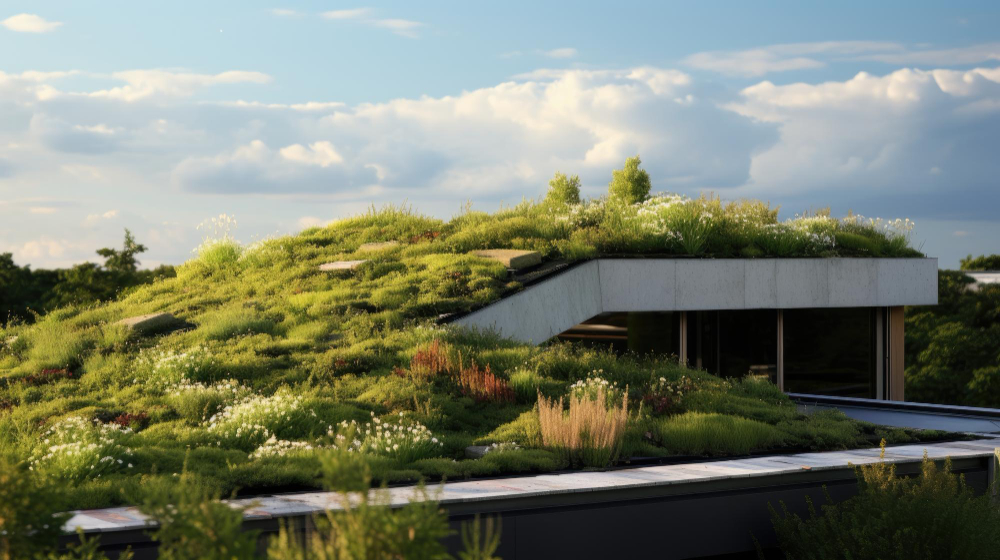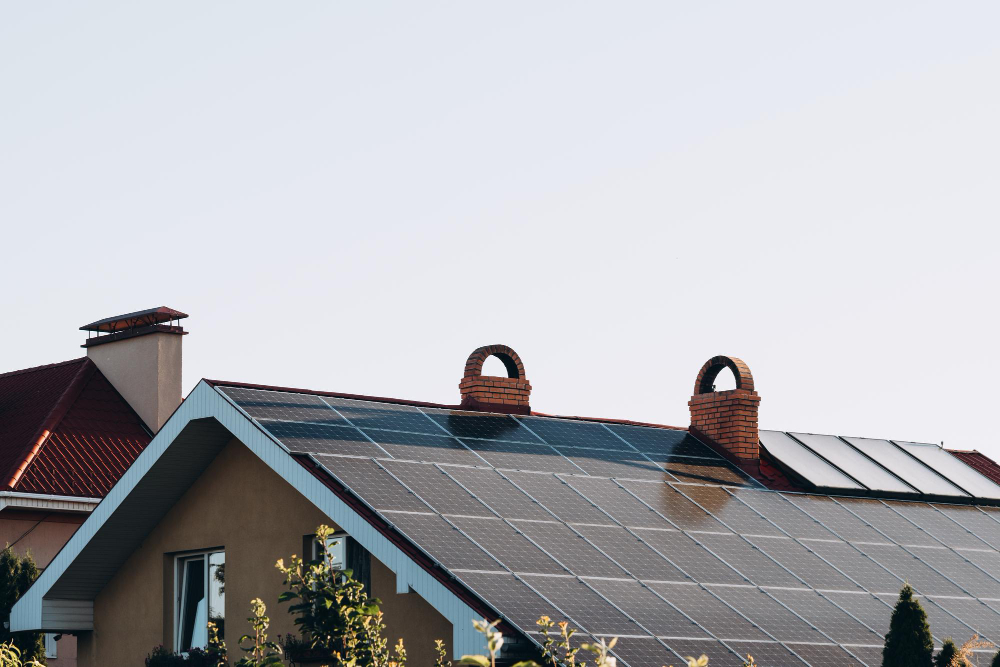Last updated on
An increasing number of homeowners are looking for ways to make their houses not just more comfortable but also greener in this day of environmental awareness. Embracing eco-friendly practices not only contributes to a healthier planet but also often results in long-term cost savings.
If you’re looking to improve your house while reducing your carbon footprint, here are six eco-friendly suggestions to consider.
Sustainable Roofing Solutions

The roof of your house is more than just a protective covering; it plays a crucial role in maintaining energy efficiency. Opting for sustainable roofing materials can significantly reduce your environmental impact.
Consider materials like recycled metal, reclaimed wood, or even living roofs covered in vegetation. If your roof needs an upgrade, explore roof replacement services that specialize in eco-friendly options.
These services can provide you with a range of sustainable materials and efficient installation techniques to ensure your roof not only protects your home but also contributes to a greener planet.
Energy-efficient Windows and Doors
Windows and doors are key areas where homes can either lose or retain energy. Upgrading to energy-efficient windows and doors can make a substantial difference in your home’s overall efficiency.
Look for products with high Energy Star ratings and consider double-paned windows with Low-E glass to minimize heat loss. Additionally, opt for doors made from sustainable materials like bamboo or reclaimed wood.
This upgrade not only reduces your carbon footprint but also improves the insulation of your home, leading to lower energy bills.
Solar Panels for Clean Energy

Harnessing the power of the sun is an excellent way to make your home more sustainable. Solar panels, once installed, can generate clean and renewable energy for your household. While the initial cost may seem steep, various government incentives and tax credits can make this investment more affordable.
Additionally, solar technology has become more efficient and cost-effective in recent years, making it a viable and environmentally friendly option for homeowners looking to reduce their reliance on non-renewable energy sources.
Water Conservation Techniques
Conserving water is a critical aspect of sustainable living, and there are numerous ways to implement water-saving techniques in your home. Consider installing low-flow faucets and showerheads, as well as a dual-flush toilet. Collecting rainwater in barrels for garden irrigation is another effective method.
For a more substantial impact, explore the possibility of installing a greywater system that recycles water from sinks, showers, and washing machines for non-potable uses. These practices not only reduce your water consumption but also contribute to the overall health of the planet.
Energy-efficient Appliances and Lighting
Upgrading to energy-efficient appliances and lighting is a pivotal step in transforming your house into an eco-friendly haven. Energy Star-rated appliances are designed to consume significantly less energy than their conventional counterparts, reducing both your utility bills and carbon footprint.
Beyond the kitchen, consider the lighting throughout your home. Opting for LED or CFL bulbs is a simple yet effective strategy to enhance energy efficiency. These bulbs not only last longer but also use less energy, providing a win-win for both your pocket and the planet.
While the initial cost of such appliances and lighting may be slightly higher, the long-term savings and environmental benefits make them a prudent investment. It’s a seamless way to contribute to a more sustainable future without compromising on the comfort and functionality of your home.
Natural and Non-toxic Building Materials
Choosing natural and non-toxic building materials is a pivotal step toward creating a home that not only stands the test of time but also prioritizes the health of its inhabitants and the environment. Opting for materials like bamboo, known for its rapid renewability, or cork, a sustainable and durable option, showcases a commitment to reducing environmental impact.
Reclaimed wood adds a touch of character while promoting the reuse of existing resources. In the realm of paints and finishes, selecting low-VOC or VOC-free products ensures that your indoor air quality remains pristine, free from harmful emissions that can contribute to health issues.
Embracing these natural and non-toxic building materials isn’t just about aesthetics; it’s a conscious choice to foster a living space that harmonizes with nature and supports a sustainable, eco-friendly lifestyle.
Improving your house in an eco-friendly manner is not just a trend; it’s a responsibility we all share in safeguarding the planet for future generations. From sustainable roofing options to energy-efficient appliances, each decision you make contributes to a greener home and a more sustainable lifestyle.
Explore these eco-friendly upgrades to make your house not just a shelter but a beacon of environmental responsibility. Remember, small changes can lead to a big impact, and collectively, our efforts can help build a more sustainable future.
Table of Contents




